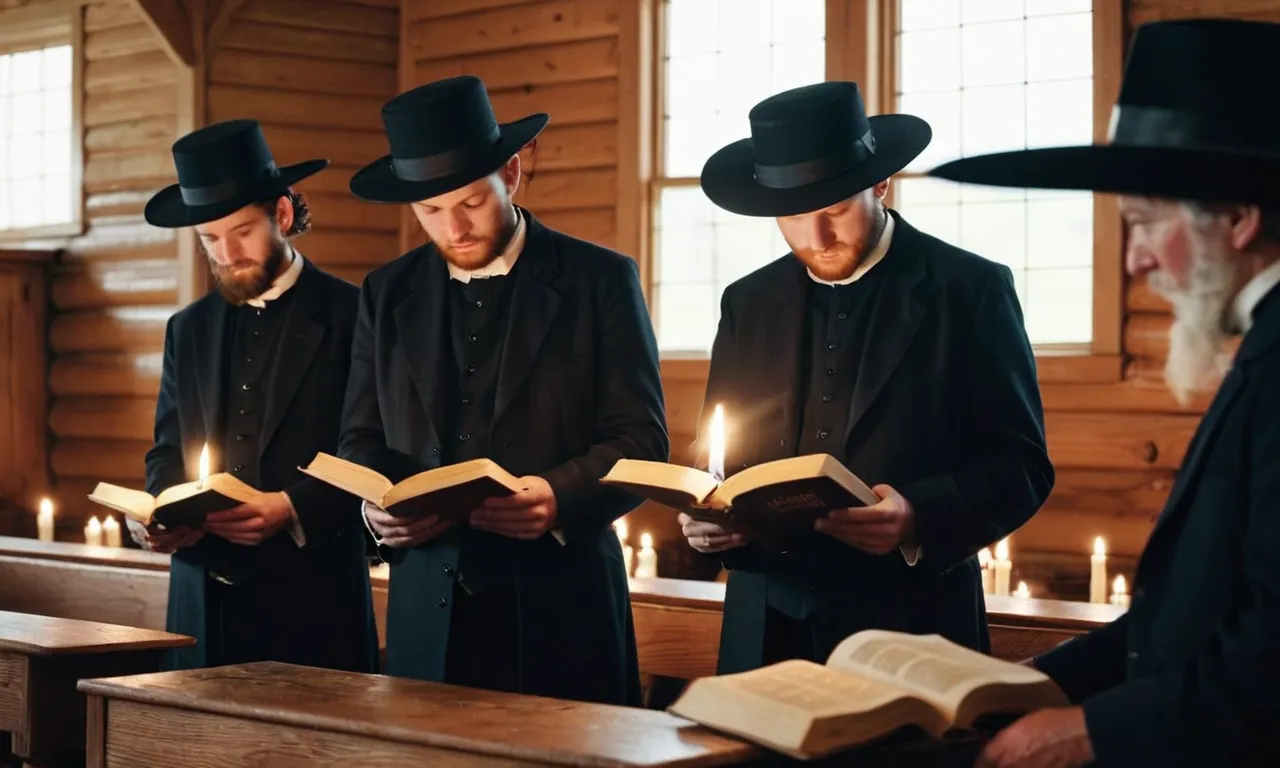The Role of Faith and Worship in Amish Communities
Faith and worship guide every aspect of Amish life. Unlike modern society, where religion often occurs only on Sundays, the Amish practice devotion daily. Their beliefs influence family decisions, social interactions, and community responsibilities. By exploring faith and worship in Amish communities, we can understand how spirituality shapes a culture devoted to simplicity, humility, and service.
Daily Faith Practices
Every Amish day begins and ends with prayer. In the morning, families express gratitude for food, health, and loved ones. This practice sets a reflective tone and encourages mindfulness throughout the day. In the evening, they review their actions, seek guidance, and strengthen spiritual bonds with family members.
Moreover, Amish families gather for group devotions several times a week. These gatherings include Scripture readings, hymn singing, and personal testimonies. Each member actively participates, which strengthens both faith and community. By involving everyone, the Amish ensure that worship is not a passive experience but a shared, meaningful practice.
Community Worship and Church Services
Amish church services differ from modern congregations in several ways. They often rotate among homes or barns, emphasizing humility and communal responsibility. Services last for several hours, including Bible readings, sermons, prayers, and hymn singing. Members take turns reading and leading, which reinforces understanding and engagement.
Furthermore, worship extends beyond formal services. For instance, communal work like barn raisings or harvests often begins with prayer. These practices connect faith to everyday life, illustrating how spirituality and labor coexist seamlessly in Amish culture.

Faith in Daily Life
Faith influences daily decisions in Amish communities. Families carefully choose occupations, social activities, and schooling based on religious principles. They often avoid modern technology that could weaken community bonds or spiritual focus.
Work becomes an act of worship. Farmers, carpenters, and craftsmen perform labor with dedication, viewing each task as service to God. This mindset transforms ordinary chores into spiritual practices, teaching discipline, gratitude, and humility.
Priorities for faith are also reflected in education. Local schools that prioritize moral instruction and practical skills are attended by Amish children. Teachers make sure that faith directs learning and daily behavior by emphasizing character development in addition to academics. As a result, social interactions, employment, and education all continuously reinforce spiritual values.
Festivals and Religious Celebrations
Religious celebrations offer opportunities to strengthen both faith and community. Amish celebrations of holidays like Christmas and Easter, as well as marriages and baptisms, are simple and devoted. These gatherings are accompanied by Scripture readings, hymns, and prayers that highlight humility and thankfulness.
These get-togethers also instill in the next generation the importance of tradition. Youngsters actively engage, learning the value of teamwork, volunteerism, and introspection. These customs transform faith from a collection of doctrines into a lived experience.
Challenges and Commitment
The Amish face external pressures from modern society, including technology and secular culture. Nevertheless, they remain committed to their beliefs. They prioritize spiritual discipline and community cohesion over convenience.
This commitment illustrates that worship has the power to influence not only individual lives but also broader social structures and dynamics. By firmly centering their culture on faith, the Amish effectively preserve a unique identity and a strong sense of community, demonstrating how deep devotion can endure and thrive across generations, fostering resilience and unity among their people.
Conclusion
Faith and worship define Amish life. Through daily prayers, communal services, work, education, and celebrations, spirituality guides decisions and strengthens relationships. By observing these practices, we see a culture where faith is lived actively every day. The Amish remind us that devotion and simplicity can coexist, creating a community united by shared belief and enduring traditions.



